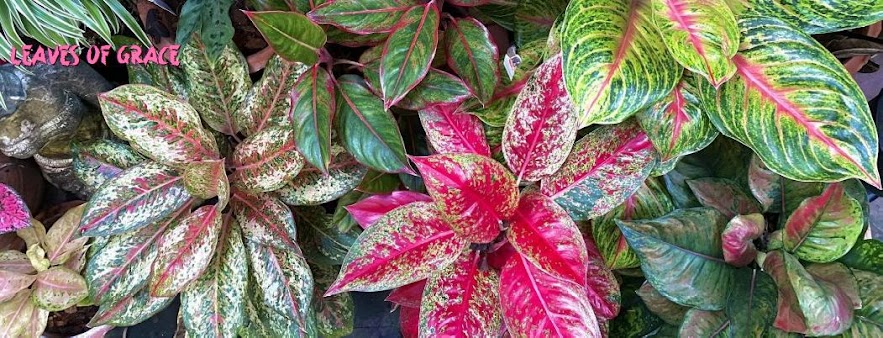“Do you think we would all look the same in our glorified bodies in heaven?” I asked.
“Definitely not,” they stressed.
“Just look at how diverse creation is,” one explained
“Yeah, not even identical twins look exactly alike,” the other added.
I brooded over those thoughts as I changed my header for this blogsite. When I think leaves, I think only green (in different hues and shades)—even if I had gazed at and oohed over many autumn leaves.
Of course leaves come in different colors! We studied in grade school the three pigments that color leaves: chlorophyll (green) carotenoid (yellow, orange, and brown) anthocyanin (red).
And because it is Christmas, we see poinsettias—red leaves—adorning shops, homes, and other public places.
The Poinsettia (Euphorbia pulcherrima), which is indigenous to Mexico, derived its name from Joel Roberts Poinsett, the first United States Minister to Mexico, who later brought the plant to the US in 1825.
The plant’s leaves are actually all green initially. But because it is so sun sensitive, it cannot produce chlorophyll when it is deprived of enough light. In a state of darkness, the only color that it can produce is red.
If you have a Poinsettia plant, bring it to a dark place. Soon it will oblige you and, through a process called photoperiodism, it will give you nothing but red leaves.
There are many other plants with red leaves such as those in my collage.
Our Creator’s creativity is boundless. Just look at all the unlimited shapes, sizes, and colors of anything visible or even under a microscope.
If even leaves aren’t colored the same, then glorified bodies will be more varied than we could ever imagine.
“O LORD, what great works you do! And how deep are your thoughts.” Psalm 92:5 (NLT)
Merry Christmas!
If even leaves aren’t colored the same, then glorified bodies will be more varied than we could ever imagine.
“O LORD, what great works you do! And how deep are your thoughts.” Psalm 92:5 (NLT)
Merry Christmas!


No comments:
Post a Comment